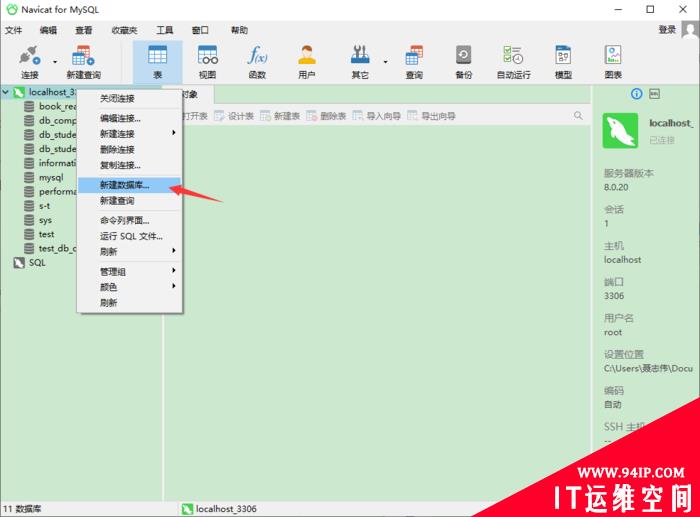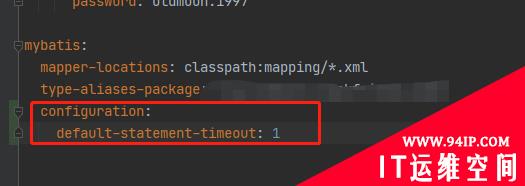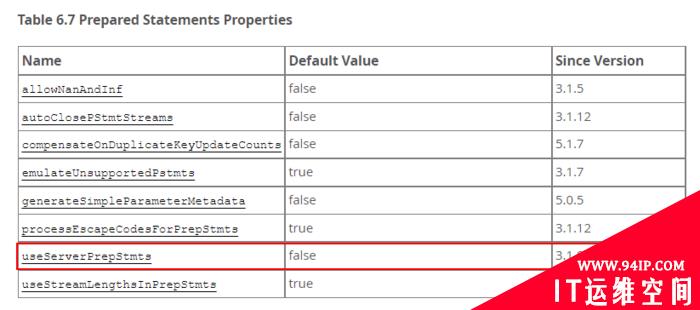1.
MS sql server中使用动态的表名:declare @tableName nvarchar(160)
set @tableName = ‘t_stat_all’
declare @sql nvarchar(160)
print @tableName
set @sql=’select count(*) from ‘+@tableName
exec(@sql)
2.mysql的例子1
语句update (select sc,tos,sum(click) as click,product,adpid from log_sc_click group by sc,tos,product,adpid) as a,
t_stat_sc_h_tmp as b
set b.sc_click=a.click
where b.stat_date=str_date and b.hour=str_hour and b.sc=a.sc
and b.tos=a.tos and b.product=a.product and a.adpid=b.adpid;
3.mysql例子2
update t_advertiser as a,
(select uid,sum(amount) as amount from t_trade where status=’1′ and type=’4′ group by uid)as b
set a.spend=(b.amount) ,a.balance=(a.totalAmount-b.amount) #注意是逗号不是and
where a.id=b.uid;
4.
SQL server存储过程完整例子
set ANSI_NULLS ON
set QUOTED_IDENTIFIER ON
go
–ALTER procedure [dbo].[ad_stat]
ALTER procedure [dbo].[ad_stat]
@day varchar(20) = null
as
BEGIN try
if(@day is null)
set @day = convert(varchar(10),dateadd(day,-1,getdate()),121)
declare @theDay datetime
set @theDay = cast(@day as datetime)
declare @yesterday varchar(10)
set @yesterday = convert(varchar(10),@theDay,121)
declare @tableName nvarchar(160)
set @tableName = ‘log_adlist_’+ left(@yesterday,4)+’_’+substring(@yesterday,6,2)+’_’+substring(@yesterday,9,2)
declare @sql nvarchar(500)
set @sql=’ update t_stat_all ‘+
‘ set cl=b.click from ‘+
‘ ( ‘+
‘ select AllType as ad_id ,posid as posid,count(*) as click ‘+
‘ from ‘+@tableName+
‘ where datediff(d,VisitTime,’+@theDay+’)=0’+
‘ group by AllType,posid ‘+
‘ ) b ,t_stat_all a ‘+
‘ where datediff(d,a.stat_date,’+@theDay+’)=0 and a.posid=b.posid ‘+
‘ and a.ad_id=b.ad_id ‘;
exec(@sql)
END try
begin catch
INSERT INTO actionLogs
([createTime]
,[actionName]
,[type]
,[infor])
VALUES
(getdate(),
‘ad_stat’,
‘error’, –error,info
ERROR_MESSAGE())
end catch
转载请注明:IT运维空间 » 安全防护 » MS sql server和mysql中update多条数据的例子




















发表评论